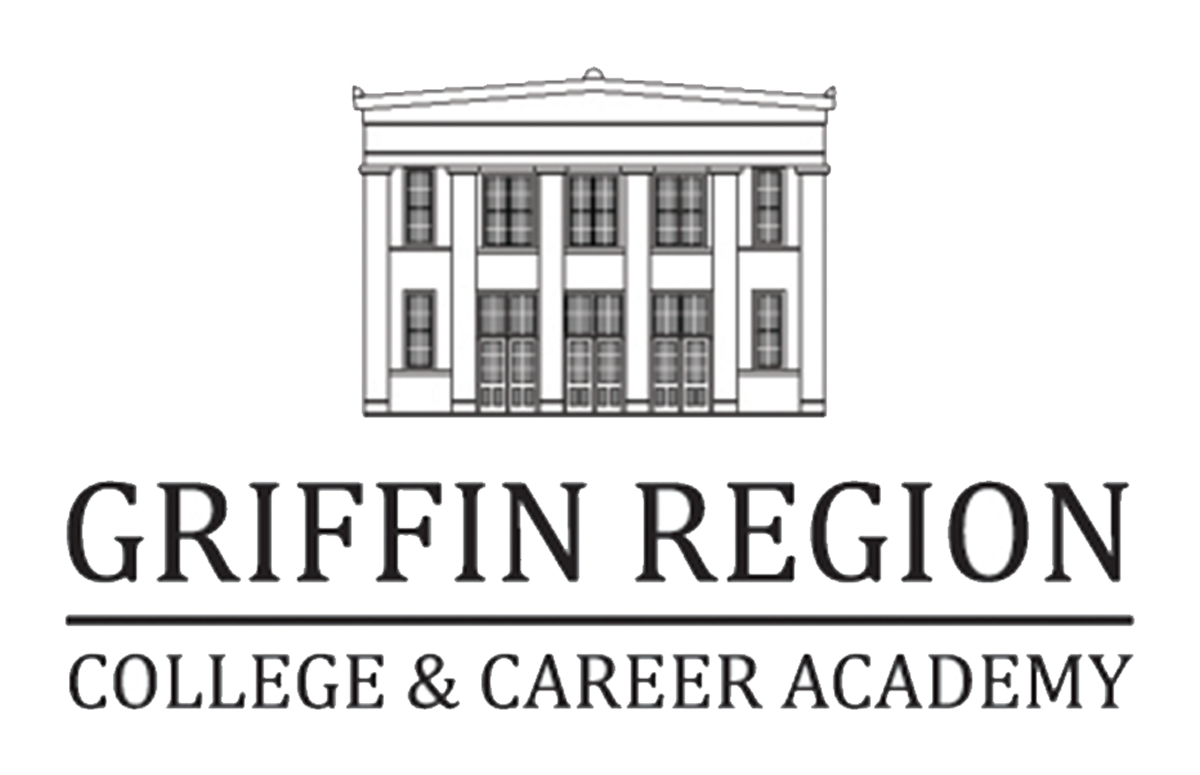Aviation, Flight Operations
The Flight Operations program include aircraft pilots and air traffic controllers. The earnings of airline pilots are among the highest in the nation. Most airlines require at least two years of college and prefer to hire college graduates. Pilots are employed in all areas of the U.S., but most airline pilots are based near major metropolitan areas.
Requirements:
10th to 12th Grades
On-Track for Graduation
REQUIRED COURSES:
47.46000 - Fundamentals of Aerospace: This course is designed as the foundational course for the Aviation Maintenance, Flight Operations and Unmanned Aircraft Systems (Drone) pathways. Students will gain a fundamental knowledge base in aviation history and regulations, the basic principles of flight, aerospace careers, and factors influencing work systems, aerospace technologies, and basic aviation meteorology. These concepts can later be applied to various aerospace occupations. Classroom and lab activities will assure students a thorough understanding of the aerospace environment.
47.46610 - Aviation Meteorology: Atmospheric dynamics and concepts are addressed to build a meteorological foundation that will enable students to understand environmental variables that create and change the earth’s weather. Meteorological techniques will be used in analyzing, charting, and forecasting weather patterns, and students will apply learned skills to the aeronautical needs and procedures of the transportation industry.
47.48800 - Flight Operations l: Navigation and Communication are essential to the safe operation of aircraft within the airspace system. This course provides a foundation that enables the student to apply the basics of aircraft navigation and utilize efficient communication methods for safe aircraft operations.
47.48900 - Flight Operations ll: This course provides students an opportunity to demonstrate: the understanding of aircraft performance and design; competency in communication and flight information; appropriate aviation measurements and calculations; and incorporating navigation and communication tools to create a flight plan. Students will have an opportunity to plan flights, and fly to a destination using a flight simulator.
Credential(s) Earned: CTAE Pathway Completer, FAA Private Pilot Written Endorsement
